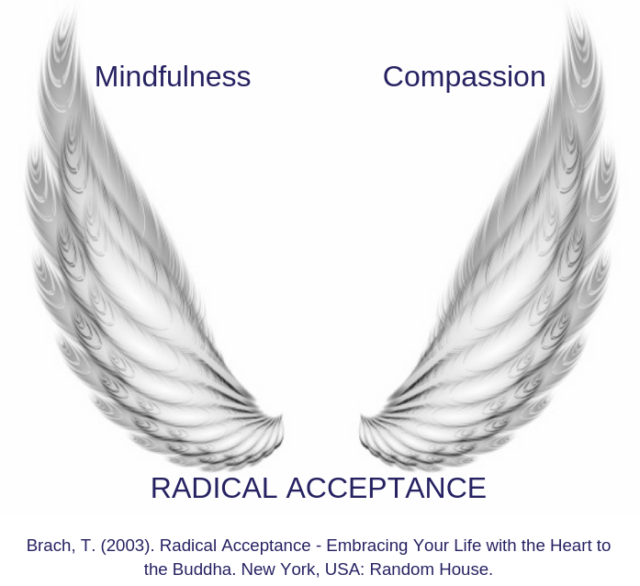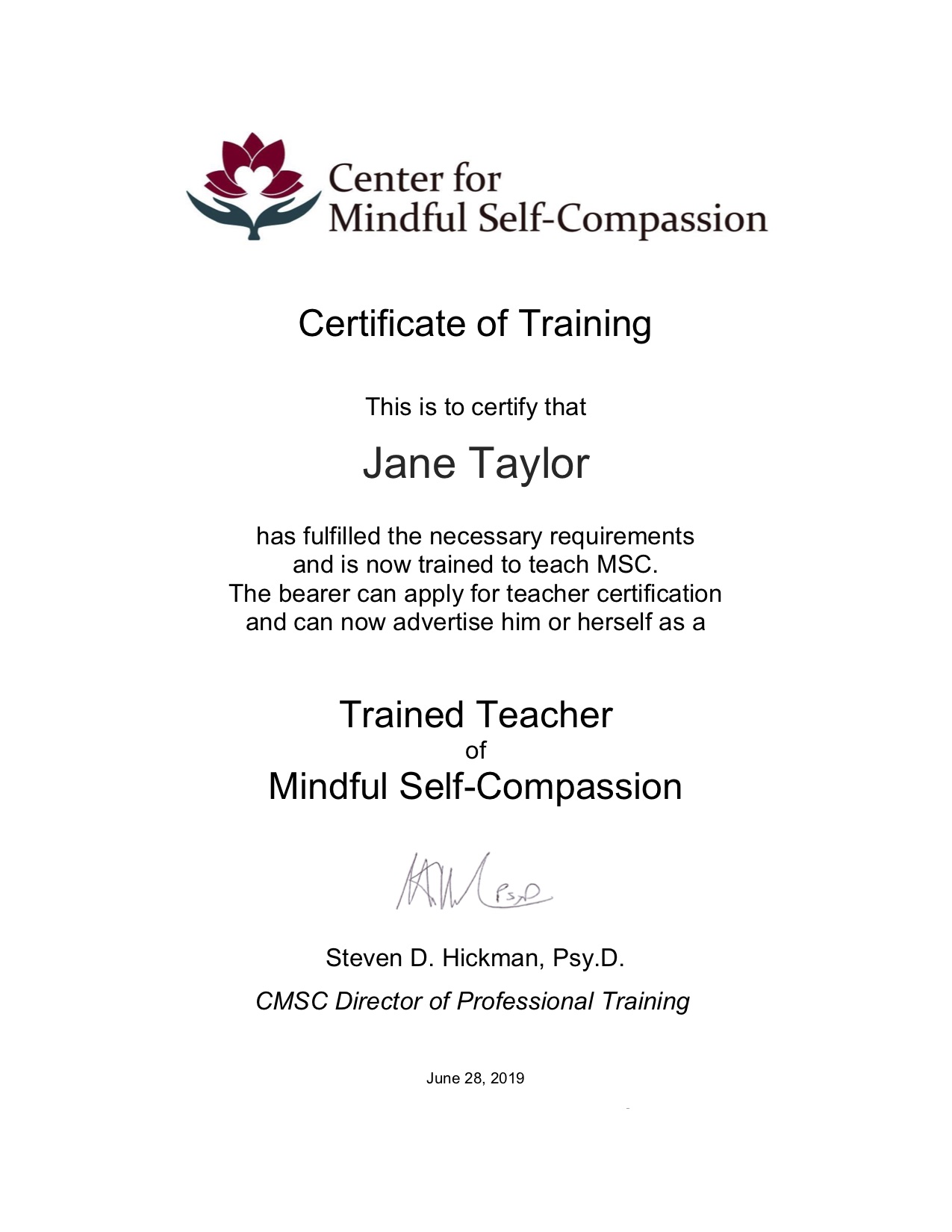Becoming a Trained Teacher in Mindful Self-Compassion

I am super excited to share wiht you, I am now a trained teacher in Mindful Self-Compassion. To say I am grateful for this certification, would be an understatement, so today I wanted to share some of my adventure and learnings about becoming trained in mindful self-compassion.
What is Self-Compassion?
Christopher Germer in his book The Mindful Path to Self-Compassion: Freeing Yourself from Destructive Thoughts and Emotions refers to self-compassion as
“… simply giving the same kindness to ourselves that we would give to others.”
In Dr Kristin Neff’s book – Self-Compassion: Stop Beating Yourself Up and Leave Insecurity Behind, she talks about –
“Self-compassion entails three core components. First, it requires self-kindness, that we be gentle and understanding with ourselves rather than harshly critical and judgmental. Second, it requires recognition of our common humanity, feeling connected with others in the experience of life rather than feeling isolated and alienated by our suffering. Third, it requires mindfulness – that we hold our experience in balanced awareness, rather than ignoring our pain or exaggerating it. We must achieve and combine these three essential elements in order to be truly self-compassionate.”
What Training Did I Need To Do to Be a Trained Teacher in Mindful Self-Compassion ?
There was a considerable amount of training to complete this certification. The professional development workshops are outlined below –
- 5-day Mindful Self-Compassion course – July 22-26, 2017,
- Mindful Self-Compassion Teacher Training – September 22-28, 2017 in New Zealand,
- 10 x 1-hour Supervision Sessions, and
- Facilitating the Mindful Self-Compassion 8-Week Course.
What Have I Learnt So Far?
There are many things I have learnt in this training. In particular, the way mindfulness and compassion intertwine. Tara Brach refers to the interconnectedness of mindfulness and compassion as radical acceptance. Brach uses the metaphor of a bird which has two wings – where one wing of the bird is clear seeing (i.e. mindfulness) and the other is our capacity to relate in a tender and sympathetic way to what we perceive (i.e compassion).

We need mindfulness and compassion to work together – mindfulness helps to ensure that self-compassion isn’t used as a form of resistance and we need self-compassion to feel safe enough to open mindfully to difficult experiences. The following graphic also shares some insights in to mindfulness and self-compassion –

Over to You…
I hope this post has given you some insight in to my adventure of becoming a trained teacher in mindful self-compassion. If you have any questions or comments, please write them below.
If you are ready to reclaim your courage and take the next step towards freedom and opening your heart, why not join our Toolkit?
References –
Brach, T. (2003). Radical Acceptance – Embracing Your Life with the Heart to the Buddha. New York, USA: Random House.
Germer, C. (2009). The Mindful Path to Self-Compassion: Freeing Yourself from Destructive Thoughts and Emotions. New York: Guilford Press.
Neff, K. (2011). Self-Compassion: The Proven Power of Being Kind to Yourself. New York, USA: HarperCollins Publishers.

